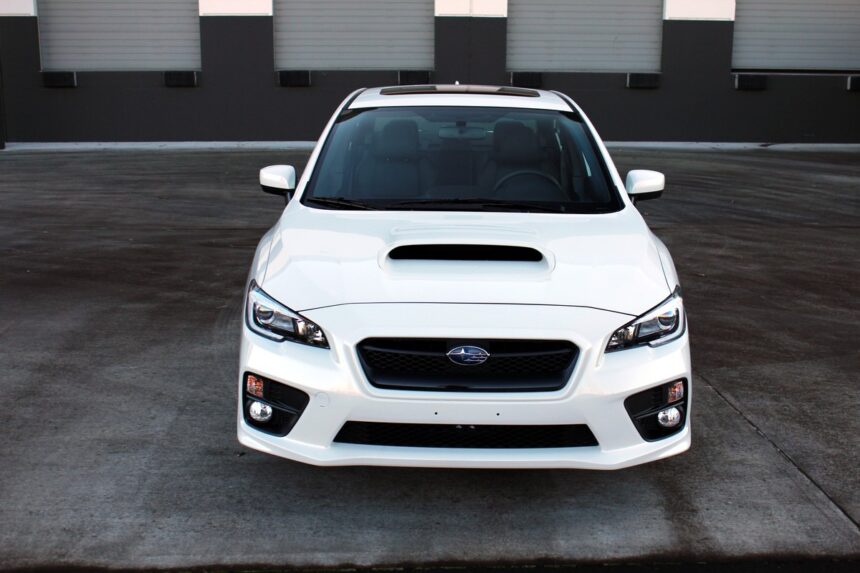The 2015 Subaru WRX is a standout performance car that offers an affordable all-wheel-drive experience. One of the key decisions you’ll have to make when considering this vehicle is whether to opt for the six-speed manual transmission or the Lineartronic continuously variable automatic transmission (CVT).
CVTs have their advantages in terms of offering a wide range of ratios for optimal engine performance and fuel economy. However, they can sometimes result in excessive noise and vibration, affecting the overall driving experience. Subaru’s CVT stands out as one of the best in the market, thanks to its programming and controls that provide a smooth and comfortable driving experience.
Despite the advancements in CVT technology, many driving enthusiasts still prefer the manual transmission for its precise shifting and engaging driving experience. The manual WRX offers a nice linkage and a light clutch pedal, making it a popular choice among those who enjoy being in control of their driving experience.
What makes the Subaru WRX even more appealing is its ability to perform well in all weather conditions, making it a versatile choice for year-round driving. Whether you prefer the manual or CVT transmission, the WRX’s 268-hp turbocharged engine and all-wheel-drive system deliver a quick and thrilling driving experience.
If you’re still undecided on which transmission to choose, here are some reasons to consider each option:
Reasons to choose the CVT:
1. Emulates an eight-speed automatic transmission effectively with different driving modes.
2. Less driveline noise compared to the manual transmission.
3. Provides consistent and smooth launches, ideal for daily commuting and spirited driving.
Reasons to choose the manual transmission:
1. Offers better car control and a more engaging driving experience.
2. Allows for stronger launches and a more dynamic driving feel.
3. Provides more engine braking capability compared to automatic transmissions, enhancing overall driving performance.
Ultimately, the decision between the manual and CVT transmission comes down to personal preference and driving style. Both options offer unique benefits, so it’s essential to test drive both versions to determine which one suits your driving needs and preferences. The engine might be humming, but the CVT version feels as if it’s gliding along too easily—even if you pull the left paddle once or twice. In the manual, if you downshift, the car slows down in a more straightforward way.
The smooth operation of the CVT (continuously variable transmission) in the car gives it a seamless and effortless feel on the road. The engine hums quietly in the background as the CVT adjusts continuously to provide optimal power delivery. Even with a gentle touch on the accelerator, the car accelerates smoothly and without any jarring shifts or hesitations.
However, some drivers may find the CVT version of the car to be a little too easygoing. Even when using the manual mode and pulling the left paddle to simulate gear changes, the car still feels like it’s gliding along effortlessly. This can lead to a disconnect between the driver and the road, as the car doesn’t provide the same level of feedback and engagement as a traditional manual transmission.
On the other hand, the manual version of the car offers a more direct and engaging driving experience. When downshifting, the car responds immediately and slows down in a more straightforward manner. The driver has full control over the gear changes, allowing for a more connected and dynamic driving experience.
Overall, the choice between the CVT and manual transmission versions of the car ultimately comes down to personal preference. Some drivers may appreciate the smooth and effortless operation of the CVT, while others may prefer the direct and engaging feel of the manual transmission. Whichever version you choose, both offer a unique driving experience that caters to different driving styles and preferences.







